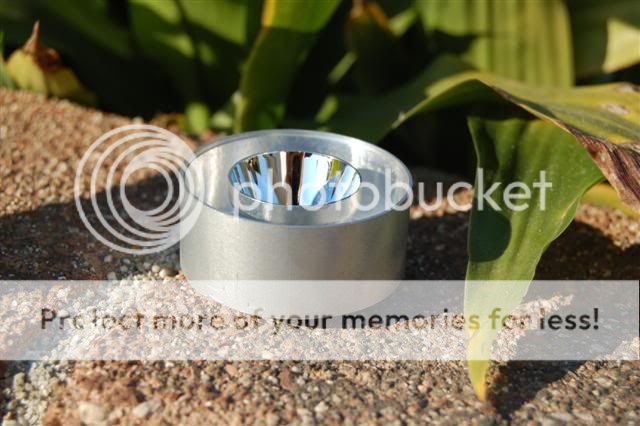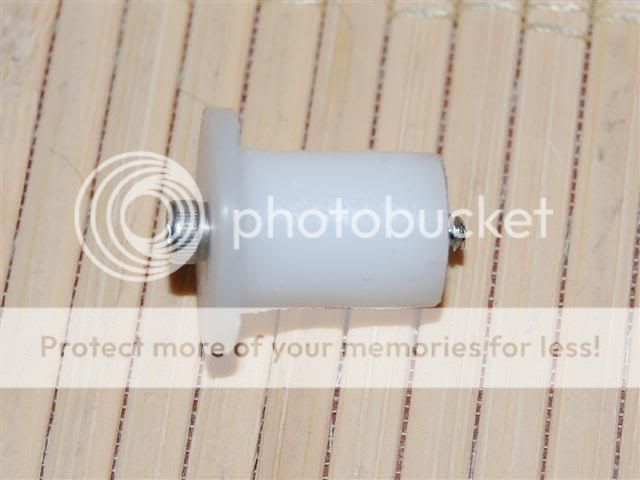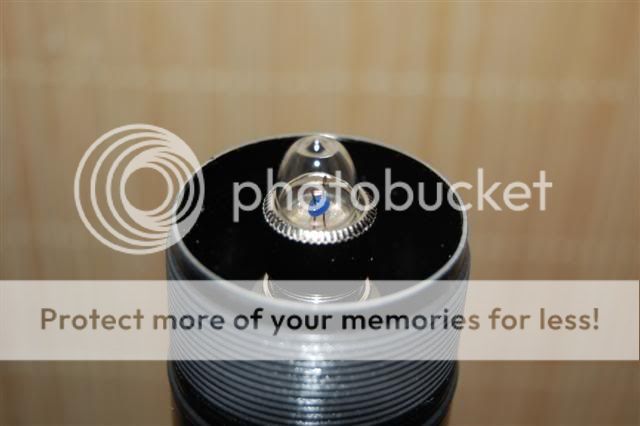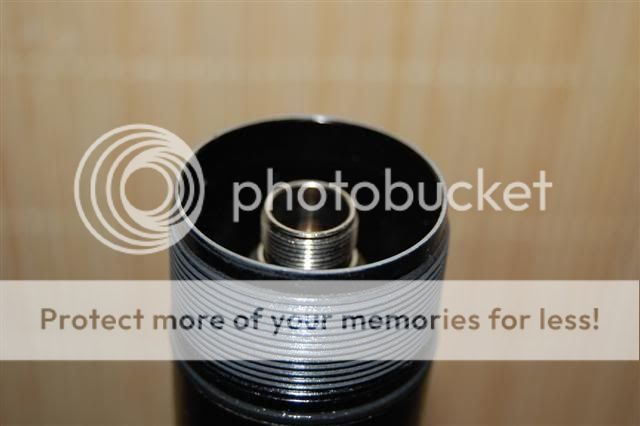No regulation, huh? :thinking:
Is regulation really needed in this configuration, of 3 cells? Of course you know that NIMH batteries have a very flat rate of discharge, right? The nominal voltage of three NIMH D cells is approximately 3.6V, very close to the Vf of the LED (depends on LED bin.) So the brightness of the LED is maintained fairly constant. Not 100% constant, true. But neither is any regulation circuit perfect 100% (although buck regulation is really good.) But we're matching the Vf of the LED with the battery voltage nearly perfect. The best most efficient circuits have about 95% efficiency, right? That's the best. The worst can be as bad as 50% efficient, and typical boost circuits are 75% to 85%. But a boost circuit is not needed here, nor is a buck circuit. Perhaps a buck/boost? But why add a circuit at all? Certainly regulation does have it's merits, and I am not against regulation at all. But in this simple configuration, it simply is not needed, and just wastes precious power resources, and adds costs, both to make the product, and in the end, to the user. (flashaholics are users, you know.

)
Alkaline D cells have a much higher voltage of 4.5V. A buck regulator could be used, or buck boost. And the output would be flat and fairly constant. But simply adding a small amount of resistance is all that is needed. This wastes power, true, and how much power wasted depends on the amount of resistance, voltage of batteries, Vf of LEDs, etc., and there is a formula for this, and some CPF people are experts at computing power loss in this manner. But what you get is, from 3D alklaines, powering a single LED, about 24 hours to 50% of original brightness. The first 8 hours or so, you cannot discern any drop in brightness. Well, this is not what many CPF flashaholics like, a flashlight that gradually diminishes brightness over a period of time, we like constant brightness for the life of the batteries. But, this configuration makes for a fantastic emergency preparedness flashlight. It will run on and on and on, for days. I typically have stopped testing after 72 hours, but it will last longer than that, easy. If you have a power failure, from tornado, huricane, earthquake, what have you, and lose power for a week, you can have light for 8 hours a night, for a week, easy, on the same set of D cells. Now, that is a nice thing to have around the house, or in the car.
So, if you want constant flat continuous brightness, use NIMH rechargables. If you want a light to be there, ready for use in emergency situations, or times when you really need a flashlight, it's there. Alkaline batteries hold their charge for a long time (do not do well in extreme temps hot or cold, though.)
So that is why I so often times design flashlights, and, this drop in, without regulation. From 1 LED, to 12 LEDs, works the same.
All that said, I do still like regulation, in certain applications.
Wayne










